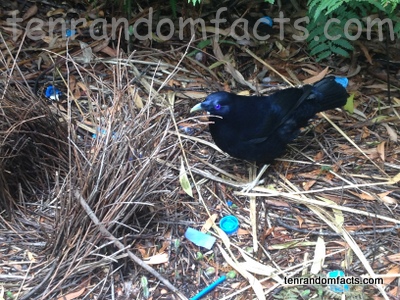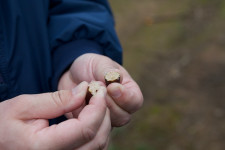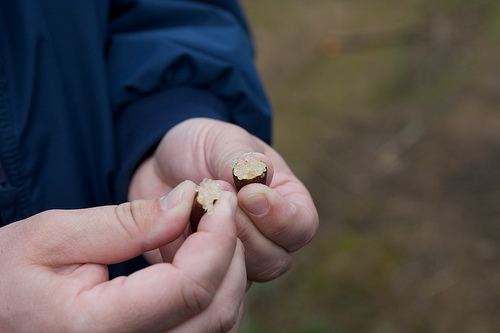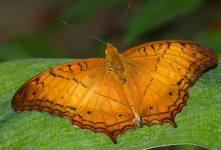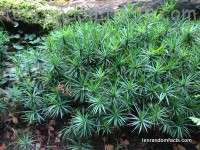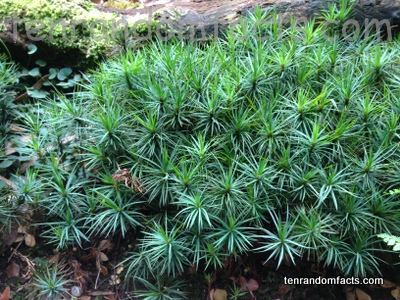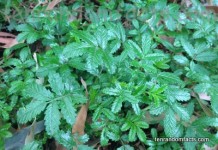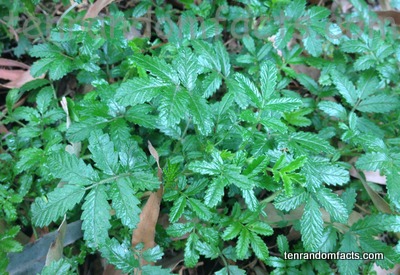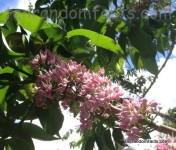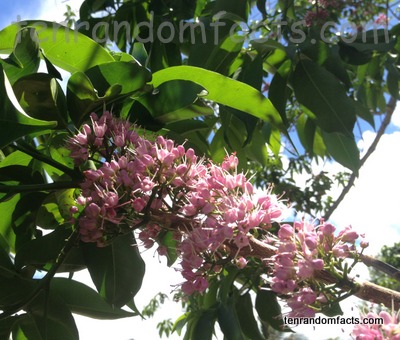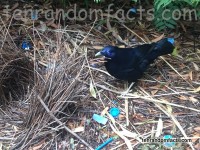
If your blue pen lid is missing, blame the satin bowerbird.
- Satin bowerbirds are a species of bird, native to the eastern states of Australia, and they are typically found in forest habitats, especially wet or rainforest areas.
- The scientific name of the satin bowerbird is Ptilonorhynchus violaceus and it is from the family Ptilonorhynchidae, the family of bowerbirds.
- The plumage of a mature seven year old male satin bowerbird is a deep blue-black colour, while females and younger males have a colour combination of olive-green and brown, patterned with cream.
- Satin bowerbirds generally reach a height of 27 to 33 centimetres (10.6 to 13 inches), and their diet consists primarily of fruit, and they also eat seeds, leaves and insects.
- A male satin bowerbird constructs a display structure, known as a ‘bower’, that it builds with sticks on the ground, and it has two sides facing each other with a pathway through the middle, and while it is often thought of as a nest, it is never used for this purpose.
- Male satin bowerbirds often ‘paint’ the inside of their bower, often with a mix of saliva and plant material; and they are notable for collecting objects, generally of a blue colour, though yellow or metallic coloured objects may also be gathered, to place in and around their bower as decoration.
- The satin bowerbird male attracts a female partner through its bower and colourful objects, as well as a special ‘dance’ it performs, and younger females are more attracted to bower aesthetics, while older females favour a better dance performance when determining their mate.
- A female satin bowerbird typically lays one to three eggs each year, of a brown to cream colour with dark markings, in a nest that it builds in trees; and the eggs and young are cared for by the female.
- Satin bowerbirds have blue eyes, and the mature males have a creamy yellow to green coloured beak, while the females have a dark coloured one.
- Satin bowerbirds can imitate the calls of other birds, and they also make sounds that resemble hisses, whistles, and buzzes.
Bibliography:
Evans O, Satin Bowerbird, 2010, Australian Museum, http://australianmuseum.net.au/satin-bowerbird
Satin Bowerbird, 2016, Wikipedia, https://en.wikipedia.org/wiki/Satin_bowerbird
Satin Bowerbird, n.d, Birds in Backyards, http://www.birdsinbackyards.net/species/Ptilonorhynchus-violaceus
Satin Bowerbird, n.d, Oiseaux-Birds, http://www.oiseaux-birds.com/card-satin-bowerbird.html





